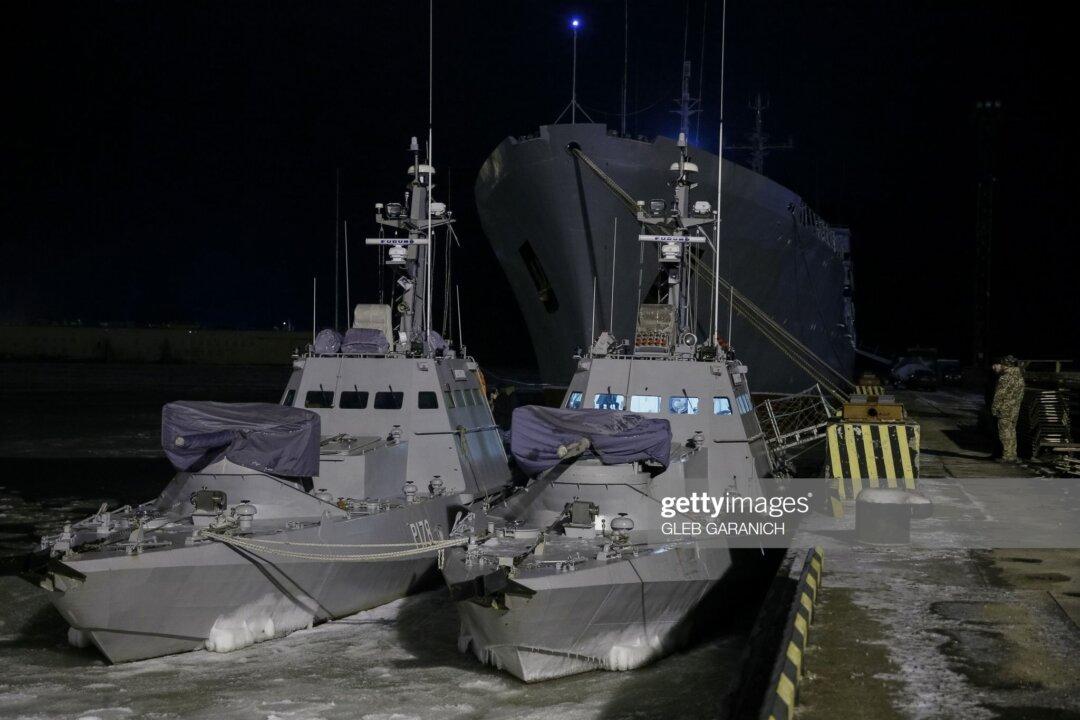For over two years, the United States and the West struggled to counter the Russian “wolf” at the front door. We’ve fought to constrain revanchist Putinism in Georgia, Crimea, and Ukraine while coping with Moscow’s Assad-Syria support and Assad’s repressive government.
At the same time, we largely ignored the yapping puppy (China) at the back door, assuming that territorial conflicts in the South China Sea could be managed by legal judgments and diplomatic demarches. Our hope was that Beijing would “play nice” on such tertiary issues.
Consequently, after much pulling-and-hauling between the United States, the EU, and NATO, we believe that the projected deployment of NATO battalions in Estonia, Latvia, Lithuania, and Poland has convinced Moscow there will be “no free lunch” from an influx of “little green men” against these NATO members.
Regarding Syria, we implicitly accept Assad’s survival and more explicitly agree that NATO/West will cooperate with Russia in the effort to destroy the Islamic State/ISIL/ISIS/IS/Daesh with only peripheral whining over Damascus’s human rights violations.
However, the international rule-of-law/navigational contretemps in the South China Sea is no longer a yappy Beijing Pekingese but rather a snarling pit bull whose potential for regional disruption appears limitless.





